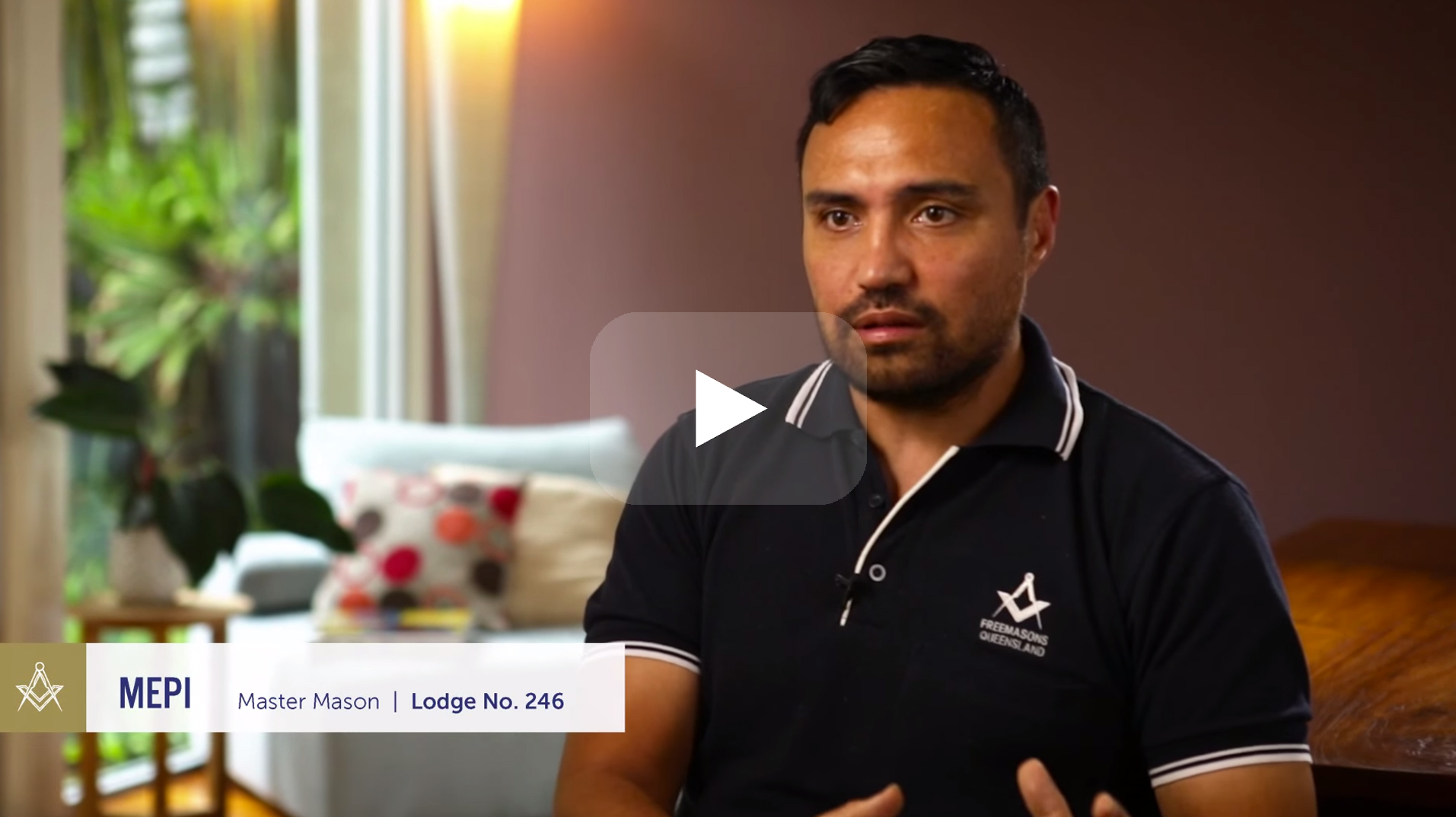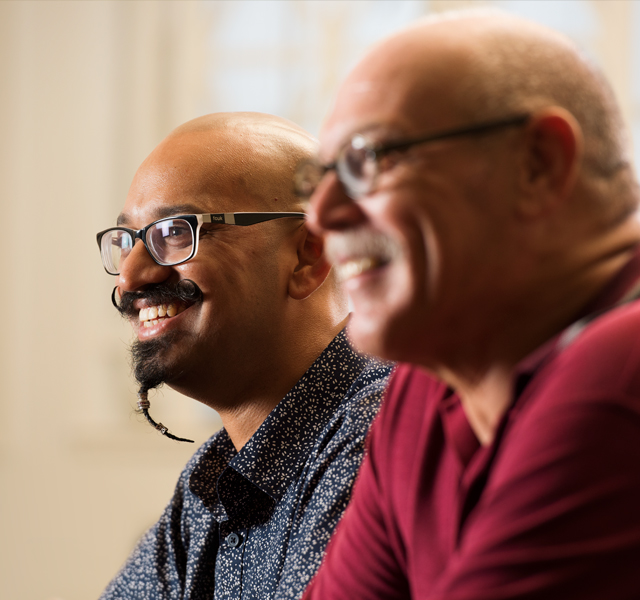Step-by-Step Manual on How to Become a Freemason for New Members
Step-by-Step Manual on How to Become a Freemason for New Members
Blog Article
Exploring the Mysteries of the copyright: What You Required to Know
The copyright, a term often shrouded in intrigue and conflict, represents an intricate tapestry of historical reality and contemporary misconception. Established in the late 18th century, this secret culture was at first rooted in the Enlightenment's suitables yet has given that ended up being identified with conspiracy concepts concerning elite control. As we navigate the origins, vital figures, and the stark comparison between myth and fact, one need to consider exactly how these stories affect contemporary perceptions of power and privacy. What may be disclosed with a more detailed examination of these aspects can test long-held assumptions regarding the darkness that stick around in our culture.
Origins of the copyright
The origins of the copyright are steeped in a blend of historical intrigue and ideological fervor. Established in 1776 in Ingolstadt, Bavaria, by Adam Weishaupt, the group was initially developed as a secret society focused on advertising Knowledge suitables such as factor, secularism, and the splitting up of church and state. join freemason. Weishaupt, a professor of canon legislation, sought to challenge the prevailing authority of the church and state, which he considered as oppressive organizations stifling intellectual and personal freedom
The copyright sought to recruit influential participants from numerous social markets, consisting of politics, academia, and the arts, to foster a network dedicated to these Knowledge concepts. The culture operated under a veil of secrecy, using coded language and routines to secure its members from persecution, especially offered the repressive environment of the moment. The copyright dealt with significant resistance from both governmental authorities and spiritual organizations, which saw the group as a risk to their power.
Key Figures and Members
That were the crucial figures that formed the copyright's very early impact and instructions? The Bavarian copyright, established in 1776 by Adam Weishaupt, became a feedback to the overbearing social structures of the time. Weishaupt, a law teacher, visualized the company as a way to promote Knowledge perfects such as factor, secularism, and equality. His initial employment initiatives consisted of prominent pundits, such as Baron von Knigge, who played a critical duty in expanding the team's membership and business structure.
One more significant figure was Johann Gottlieb Fichte, a prominent thinker whose ideas on nationalism and education and learning resonated with the copyright's objectives. Fichte was not an official participant, his philosophical bases influenced the team's belief. Furthermore, numbers like the writer and theorist Johann Wolfgang von Goethe were related to the wider intellectual activities of the time, although their direct involvement with the copyright stays questioned.
These crucial numbers added to the copyright's early direction, pushing the boundaries of political and social idea, while their cumulative initiatives intended to test recognized standards and cultivate a climate of dynamic change in Europe. (join freemason)
Misconceptions vs. Truth
Several mistaken beliefs surround the copyright, usually blending truth with fiction in a way that covers its real nature. The concept that the copyright proceeds to put go to this site in substantial influence over world events is a misconception.
Another prevalent misconception is that the copyright consists of a network of elite individuals adjusting international affairs. Actually, numerous conspiracy theories overemphasize the group's relevance, connecting misguided objectives to social trends and events. This has actually caused an oversimplified view of complicated problems.
Furthermore, the portrayal of the copyright in prominent culture often additional misshapes its heritage. Movies and literary works often tend to sensationalize the company's role, producing a narrative that splits from historical truths. Understanding the distinction in between the myths and the fact of the copyright is critical for critical the genuine influence of this historical team and recognizing the more comprehensive implications of conspiracy concepts in modern culture.

Modern Analyses
Contemporary interpretations of the copyright typically show broader societal stress and anxieties and an attraction with secrecy and power. This contemporary lens often links the copyright with conspiracy theory concepts that recommend a hidden elite orchestrates globe occasions, adjusting governments and economies for their very own gain. Such narratives tap right into a deep-rooted distrust of authority, especially in times of crisis or social upheaval.
In prominent culture, the copyright is often depicted as a divine company shrouded in enigma, leading to a plethora of imaginary representations in literary works, film, and songs. This portrayal offers not only to captivate but likewise to provoke considered the nature of power and control in modern culture. Social media has better magnified these interpretations, permitting quick circulation of conspiracy theories and developing areas that share and expand upon these concepts.
In addition, some contemporary analyses mount the copyright as an allegory for the complexities of globalization and the interconnectedness of significant individuals and companies. This perspective urges an essential evaluation of how power characteristics operate in today's globe, highlighting the balance between transparency and secrecy in governance and corporate practices.
Social Impact and Heritage
Influenced by centuries of intrigue, the social effect and tradition of the copyright extend far past its historic origins. This secret society, established in the late 18th century, has actually permeated various facets of popular culture, from literature and film to music and art. join freemason. The concept of the copyright has progressed into a sign of conspiracy theory theories, typically representing a perceived hidden power adjusting worldwide events
In literary works, authors like Dan Brown have actually woven the copyright into detailed stories, captivating viewers with themes of privacy and power. Films such as "National Prize" and "The Da Vinci Code" additionally perpetuate the attraction of the culture, blending reality with fiction to create engaging narratives.

Inevitably, the copyright's heritage more helpful hints is an intricate tapestry of myth and fact, forming assumptions of privacy and control in modern discourse. recommended you read Its enduring visibility in society highlights humanity's seasonal pursuit for recognizing hidden truths.

Final Thought
The exploration of the copyright reveals an intricate interaction in between historical truths and contemporary myth-making. Established in the Knowledge age, this society intended to test overbearing structures, yet its tradition has been overshadowed by conspiracy theory concepts that suggest elite adjustment. Recognizing the differences between the original ideals and contemporary interpretations is important for comprehending the enduring fascination with the copyright and its substantial influence on cultural stories bordering power and privacy in society.
Report this page